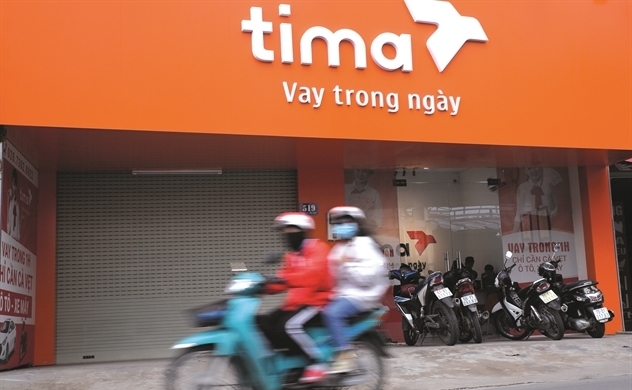According to the State Bank of Vietnam (SBV), there are 34 institutions providing payment service with large market share, while there are 40 P2P lending companies .

Strong rise of P2P
There are four P2P models: 1/technology firms that connect lenders and borrowers via apps; 2/companies that connect and appraise borrowers’ payment capability to inform to lenders; 3/companies that connect and suggest lending interest rates, and give consultancy on risk management and legal issues on debt payment and 4/companies that borrow money from people for relending, which operate like banks.
It is estimated that nearly 100 businesses have been operating in the P2P market in Vietnam. Of these, many companies such as Tima, Fiin, Mofin and Lendbiz are providing P2P but operating without official approval.
| Peer to peer lending (P2P Lending) will become legal in Vietnam after a draft decree on fintech management is compiled. |
However, P2P is a form of civil transaction and the current laws don’t stipulate which agency has management over the activities.
As a result, many apps are operating as a type of ‘black credit’ but under the name of P2P, which has caused a headache to state management agencies. The police have discovered many Chinese owned apps which provide loans at exorbitant interest rates of up to 1000 percent.
There are some P2P lending companies with very large scale of operation which deal with thousands of applications for loans every day and have outstanding loans equal in number to a bank.
Established in 2015, Tima has 30,607 lenders, which are institutions and individuals, and more than 2.7 million borrowers. About 5,000 applications for loans are treated each day and the total amount of money disbursed via the transaction floor has reached $2 billion.
Robocash cited Statista as reporting that the outstanding loans of the global P2P market soared from $9 billion in 2014 to $54 billion by 2018 and will be increasing rapidly in the next few years.
According to SBV, unofficial consumer outstanding loans account for 15-20 percent of total outstanding loans to the economy (VND1,160-1,550 trillion).
Consumer loans via banks and finance companies had reached 1,000 trillion as of the end of 2019, or 11.4 percent of total outstanding loans. There are no official statistics about lending via other channels.
Dang Ngoc Duc, director of the Finance and Banking Institute under the National Economics University (NEU), said the black credit boom in Vietnam shows the great demand of people for small loans for urgent needs.
P2P, once legal, will help the lending market and serve as a good investment channel for people with idle money, if transactions are carried out in a transparent and legal way.
Tran Thuy

Consumer lending expected to rise in Vietnam after Covid-19
The number of borrowers is expected to increase, but this also poses higher risks for finance companies.

Bank lending expected to get out of coronavirus doldrums soon
Experts have forecast bank credit growth in the second quarter to reach 3.5-4 percent, much higher than the rate in the first quarter.
 Peer to peer lending (P2P Lending) will become legal in Vietnam after a draft decree on fintech management is compiled.
Peer to peer lending (P2P Lending) will become legal in Vietnam after a draft decree on fintech management is compiled.